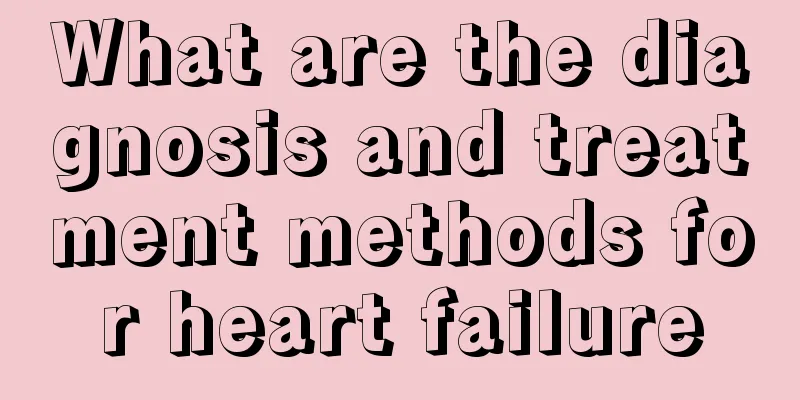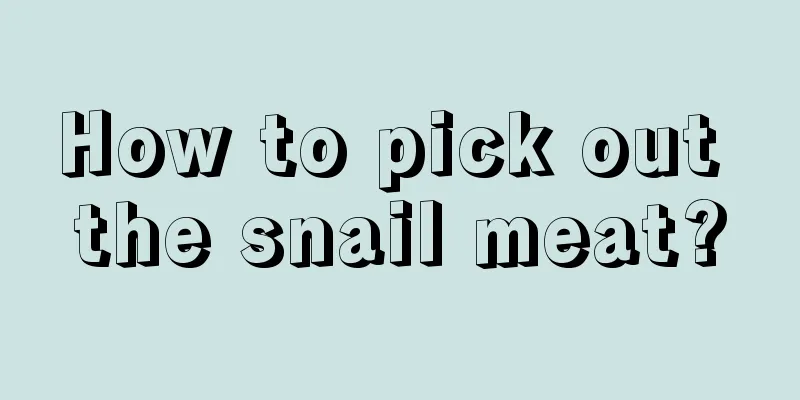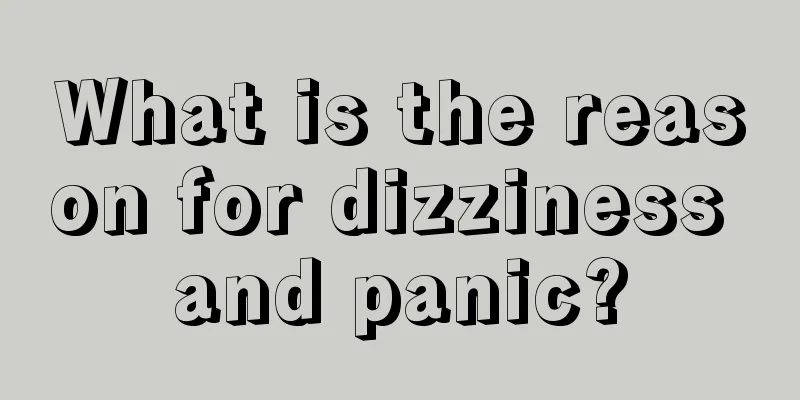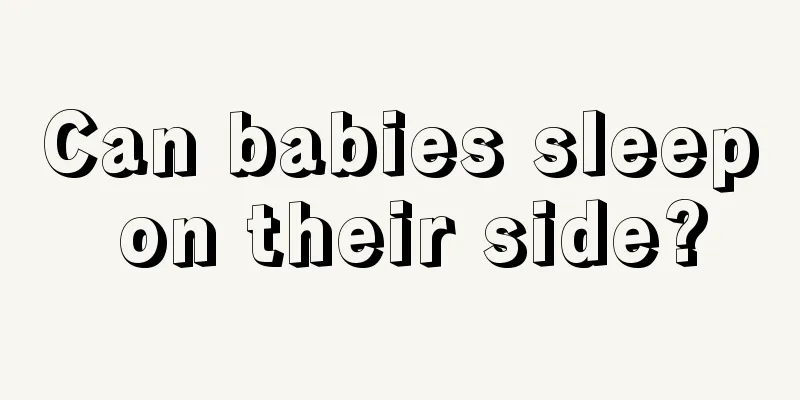What are the diagnosis and treatment methods for heart failure

|
When suffering from heart failure, you must pay attention to the common symptoms and make judgments and adjustments based on these symptoms. For example, some patients may show symptoms such as difficulty breathing, coughing, or coughing up phlegm and blood. Some patients may also often feel dizzy and weak. You must pay attention to the correct drug treatment. (1) Symptoms 1) Different degrees of dyspnea: ① Exertional dyspnea: It is the earliest symptom of left heart failure. ② Sit upright and breathe. ③ Paroxysmal nocturnal dyspnea, with wheezing in severe cases, is called "cardiac asthma". Most of the symptoms can be relieved by themselves after sitting and resting. ④ Acute pulmonary edema: It is a further development of "cardiogenic asthma" and the most serious form of dyspnea caused by left heart failure. 2) Cough, sputum, and hemoptysis: characterized by white serous and foamy sputum. Blood may occasionally be seen in the sputum. Once a blood vessel ruptures, it can cause severe hemoptysis. 3) Fatigue, tiredness, dizziness, and palpitations. 4) Oliguria and renal impairment: Long-term chronic reduction in renal blood flow can lead to increased blood urea nitrogen and creatinine and corresponding symptoms of renal insufficiency. (2) Physical signs 1) Moist rales in the lungs. 2) Cardiac signs: In addition to the inherent signs of underlying heart disease, patients with chronic left heart failure generally have cardiomegaly (except for pure diastolic heart failure), hyperactive second heart sound in the pulmonary valve area, and diastolic gallop rhythm. 3) Pulse alternans: can be seen in some patients. (3) Special inspection 1) Chest X-ray: enhanced vascular shadows at the hilum, blurred lung fields, Kerley B lines, and butterfly-shaped hilum. 2) Echocardiogram: Normal left ventricular ejection fraction (EF value) is > 50%, otherwise it indicates left ventricular systolic dysfunction. 2. Diagnosis of right heart failure 1. Etiological treatment: including treatment of basic causes and predisposing factors. 2. General treatment: rest, control sodium intake, etc. 3. Medication Application of diuretics: For long-term maintenance, after edema disappears, it should be used indefinitely at the minimum dose. Commonly used ones are: ① Thiazides: represented by furosemide, 25 mg for mild heart failure, twice a week, or once every other day, no need to add potassium salt; for more severe heart failure, the dose can be increased to 75-100 mg/day, taken in 2-3 times, and potassium salt should be supplemented at the same time; ② Loop diuretics: represented by furosemide, 20 mg orally, reaching the peak in 2-4 hours, and for severe heart failure, the dose can be increased to 100 mg, twice a day. If the effect is not good, intravenous injection of 100 mg, 2 times/day can be used. Attention must be paid to potassium supplementation. ③ Potassium-sparing diuretics: commonly used is spironolactone 20 mg, 3 times/day. |
<<: What causes breast pain at 60?
>>: Can gout patients eat sea cucumbers?
Recommend
The efficacy and function of rhino horn
Cows are very common things in normal times. Most...
Why do women wear bras?
It is normal for women to wear bras. To some peop...
What causes dark circles under the eyes
If the eye sockets are dark, we need to consider ...
Is it okay to have moles on your face?
Moles can appear anywhere on our body and cannot ...
Effects of pyramidal tract damage
When the pyramidal tract is damaged, the brain lo...
Pain in lower abdomen near the thigh root
The lower abdomen near the thigh root is a privat...
Bladder cancer also has certain symptoms of urinary tract infection
Bladder cancer also has certain symptoms of urina...
How to prevent lung cancer in daily life? Eating more of these foods can prevent lung cancer
Lung cancer is a common cancer nowadays. People w...
How to do a good job in the prevention and health care of uterine tumors?
The cause of uterine tumors is still unclear, but...
What are the dangers of wearing a bra frequently? Can wearing a bra for a long time cause breast cancer?
Bras, also known as underwear, are essential unde...
There is a hard lump on my belly
I believe many people have experienced getting pi...
Acupuncture treatment for stroke sequelae has very good results
The sequelae of stroke include facial paralysis, ...
Can salt water remove formaldehyde?
Can salt water remove formaldehyde? Is salt water...
What is alum
Do you know what alum is? Alum is also called whi...
What should I do if my intestinal mucosa falls off?
In our daily lives, as people’s work pressure inc...









